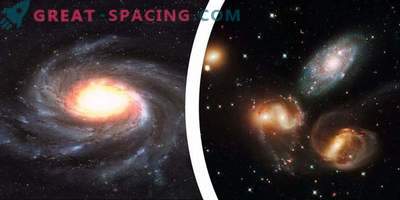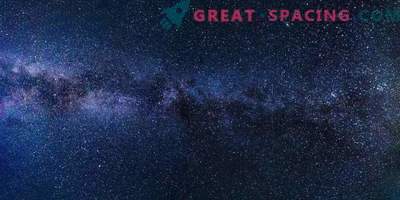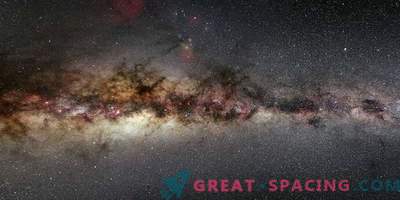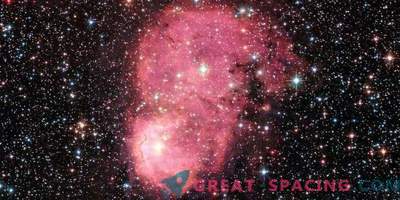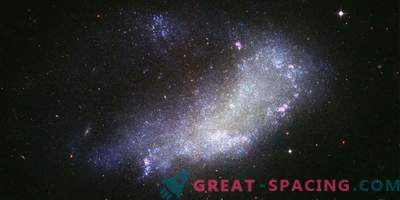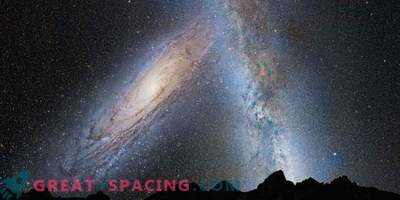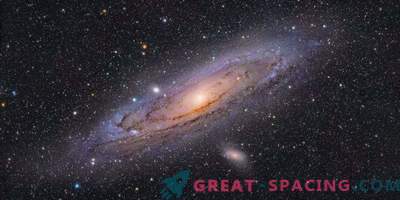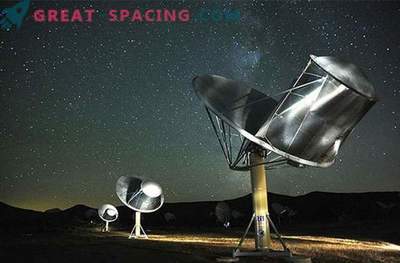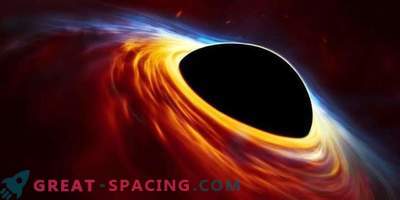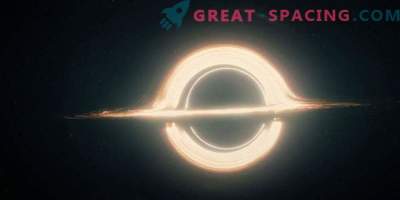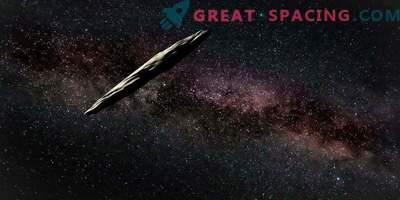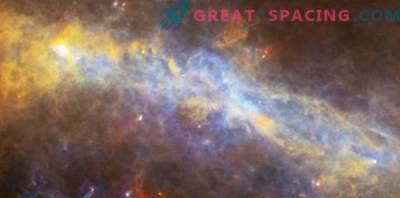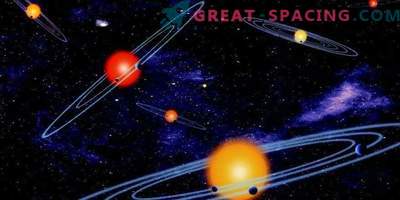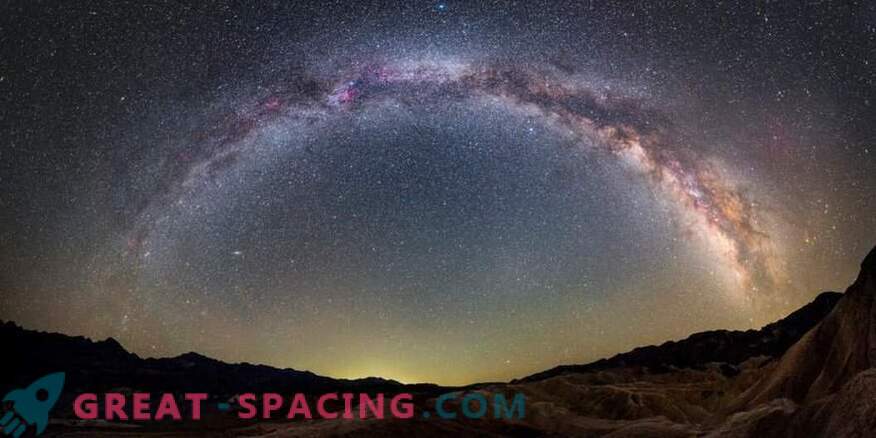
Our understanding of the size of the universe at the beginning of the 20th century was much more modest. We can say that it did not go beyond the limits of the native galaxy. But the Big Debate (Big Debate) has changed everything.
Subject
The lack of powerful telescopes severely limited our view of outer space. We could observe the stars, but how to understand how far they are located? About a century ago, there was a well-established view that the Milky Way is the only galaxy with a void behind it.
However, researchers still noticed strange twisted and vague formations. They became known as spiral nebulae. Usually, scientists did not try to study them. But one day a question arose regarding the nebula in the territory of the constellation Andromeda.
Researchers have tried to understand: in this gas cluster there will be a planetary system related to the Milky Way, or is a completely alien far star system that lies so far away that its stars cannot be resolved?
It was important to understand: before us are the formations included in the Milky Way, or it is something much larger — individual galaxies that are not inferior to ours in size or even surpass it. The discussion began in 1920 and ended with the publication of two works in 1921, presenting a loud and important confrontation between Shapley and Curtis.
Harlow Shapley's Arguments
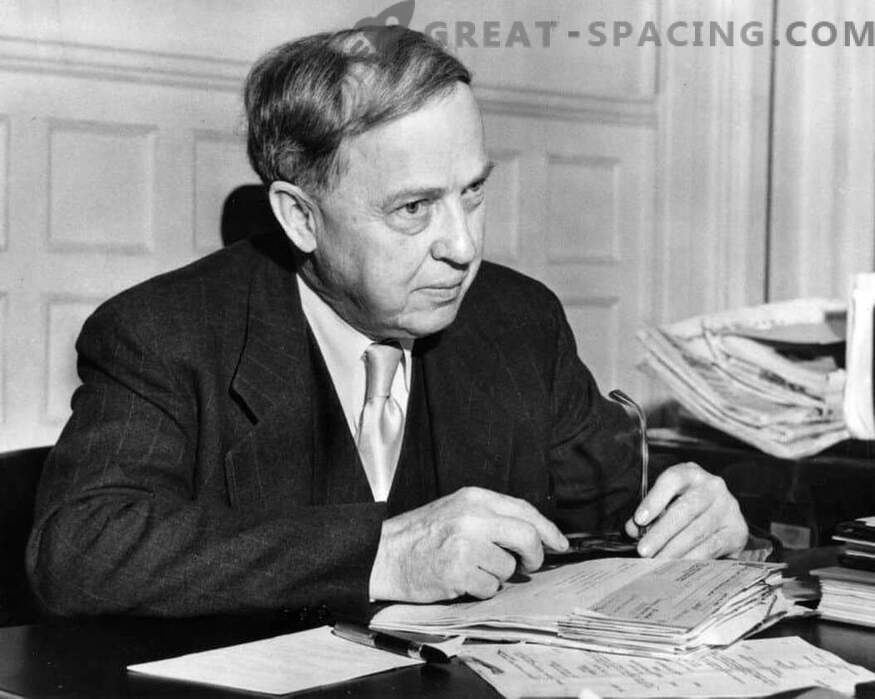
Astronomer Harlow Shapley tried to prove that the Universe is literally limited to the Milky Way. Then the Andromeda nebula (now it is a galaxy) and other large-scale formations are part of a single galaxy and live inside it. What arguments did he give? In fact, there was only one trump card in his hands - a general delusion.
He said that if Andromeda was a separate galactic representative, it was removed from us by 10 8 light years, which did not fit into scientific convictions. And Shepley was not alone, as expressed universal beliefs.
He received support from the influential astronomer Van Maanen (determined the parallax and proper motions of stars), who claimed that he was able to observe the rotation of nebulae, among which was the pinwheel (galaxy). But galactic nature would not correspond to the speed of light. Only later it will become clear that Van Maanen was wrong, because it is impossible to fix the galactic rotation during one human life.
Arguments of Geber Curtis
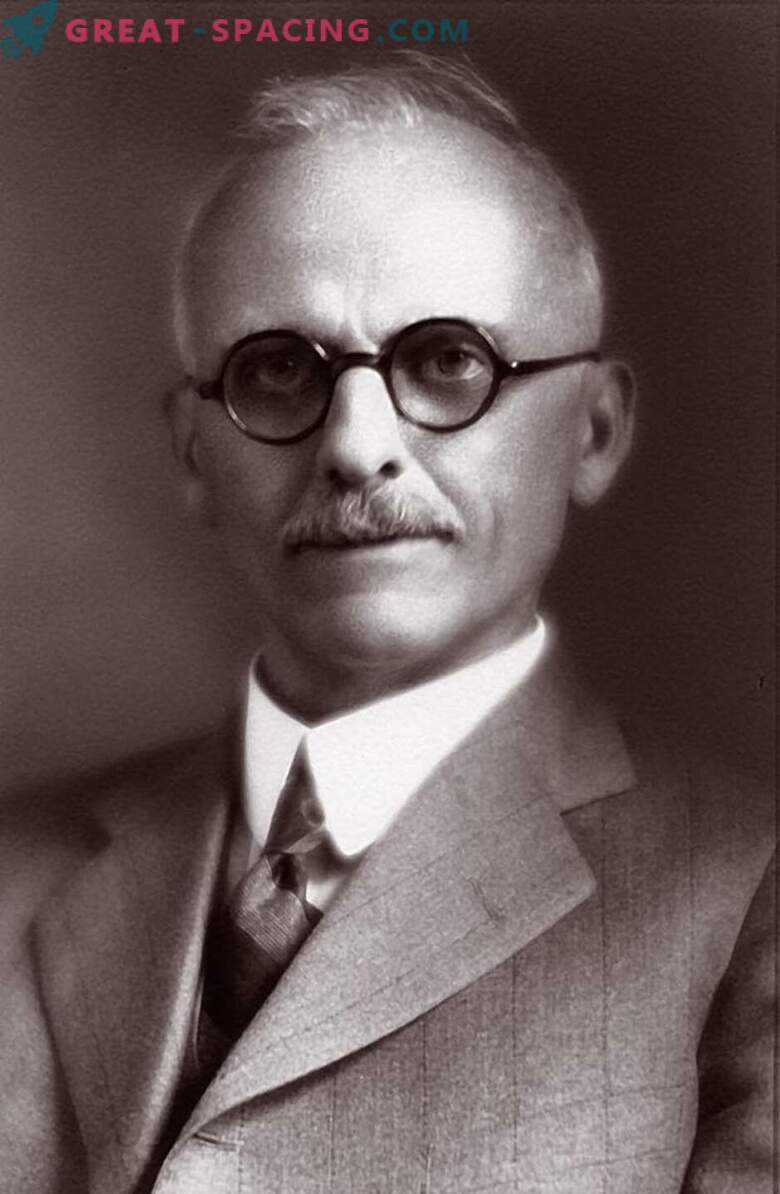
The second American astronomer could still believe that nebulae, similar to the large-scale Andromeda, appear as whole galaxies that are not inferior to the nature of the Milky Way. He used the reference to Immanuel Kant and began to call them "islands of the universe." Yes, the German philosopher was ahead of scientists by several centuries and believed that the Milky Way was not the only one in outer space.
Geber Curtis carefully studied the new Andromeda, proving that there are many more of them than in our galactic territory. How can it be that in one part of the universe there are more of them than in the other? So, we have a completely different galaxy, whose star collection is different. In addition, he carefully studied the structure of Andromeda, noticing the presence of dust clouds and large indicators of the Doppler effect.
Point in dispute
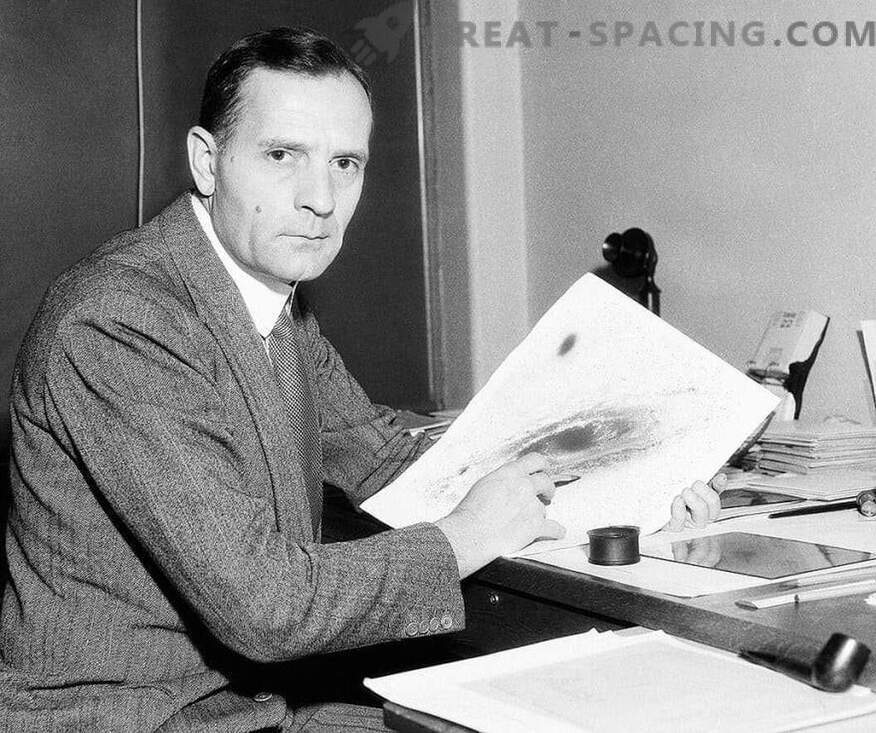
Edwin Hubble helped solve the problem. He was lucky to use the largest at that time telescope (Hooker's 100-inch apparatus) and track the Cepheids (pulsing variable stars) located in the territory of the “spiral nebulae”. These studies were carried out already in 1922-1923, that is, after the works written in the Great Dispute.
His observations and distance measurements showed that the nebulae were located much further than scientists had imagined. So, they could not be in the Milky Way and were separate galaxies. Harlow Shapley did not give up and argued for a long time. However, Hubble published a printed work in 1925, and most scientists supported it.
Postscript
Since then, our understanding of the size of the universe has expanded considerably. Later, Hubble was able to prove the expansion of space (“Who opened the expansion of the Universe: Hubble or Lemaitre?”) and make the most complete galactic classification.
